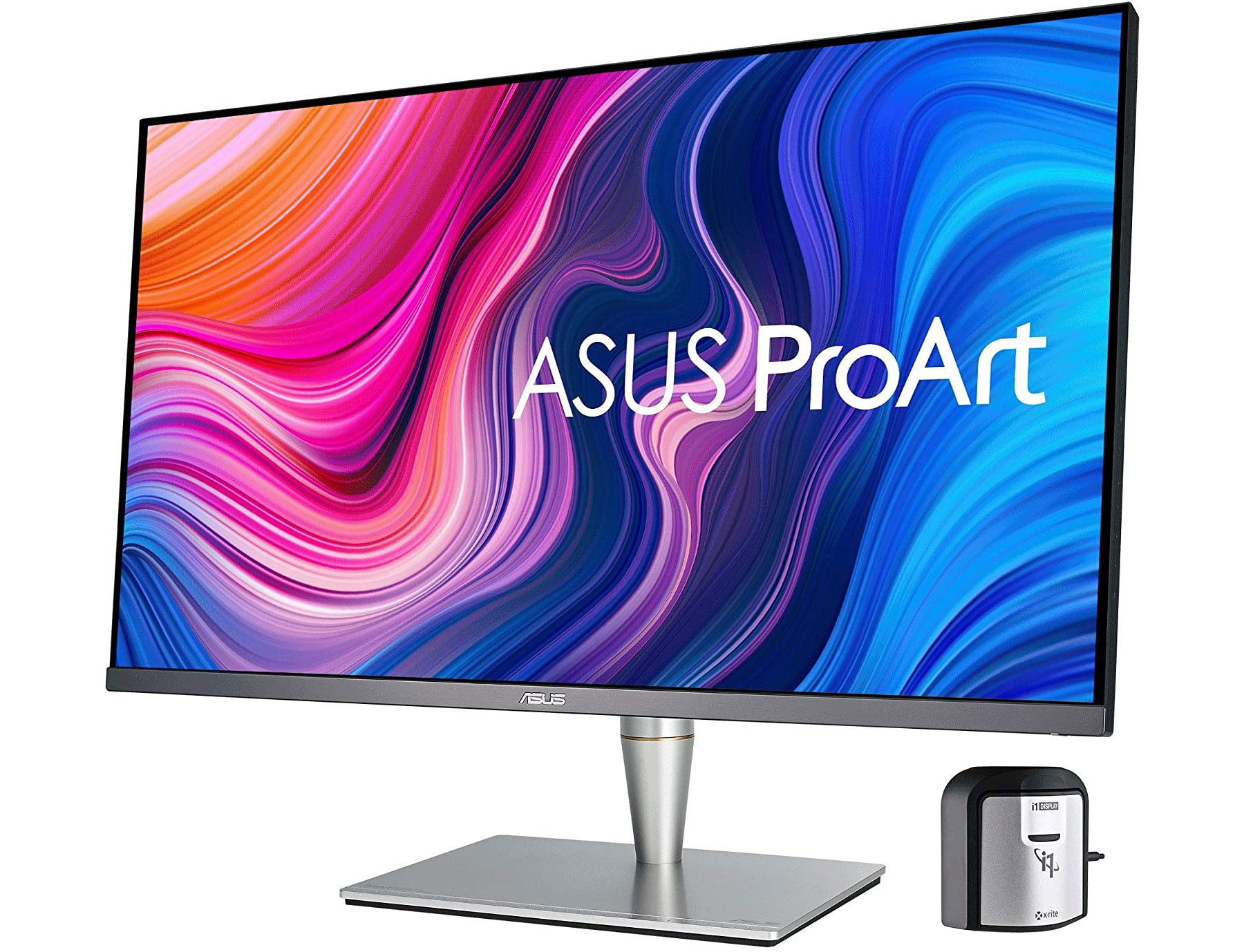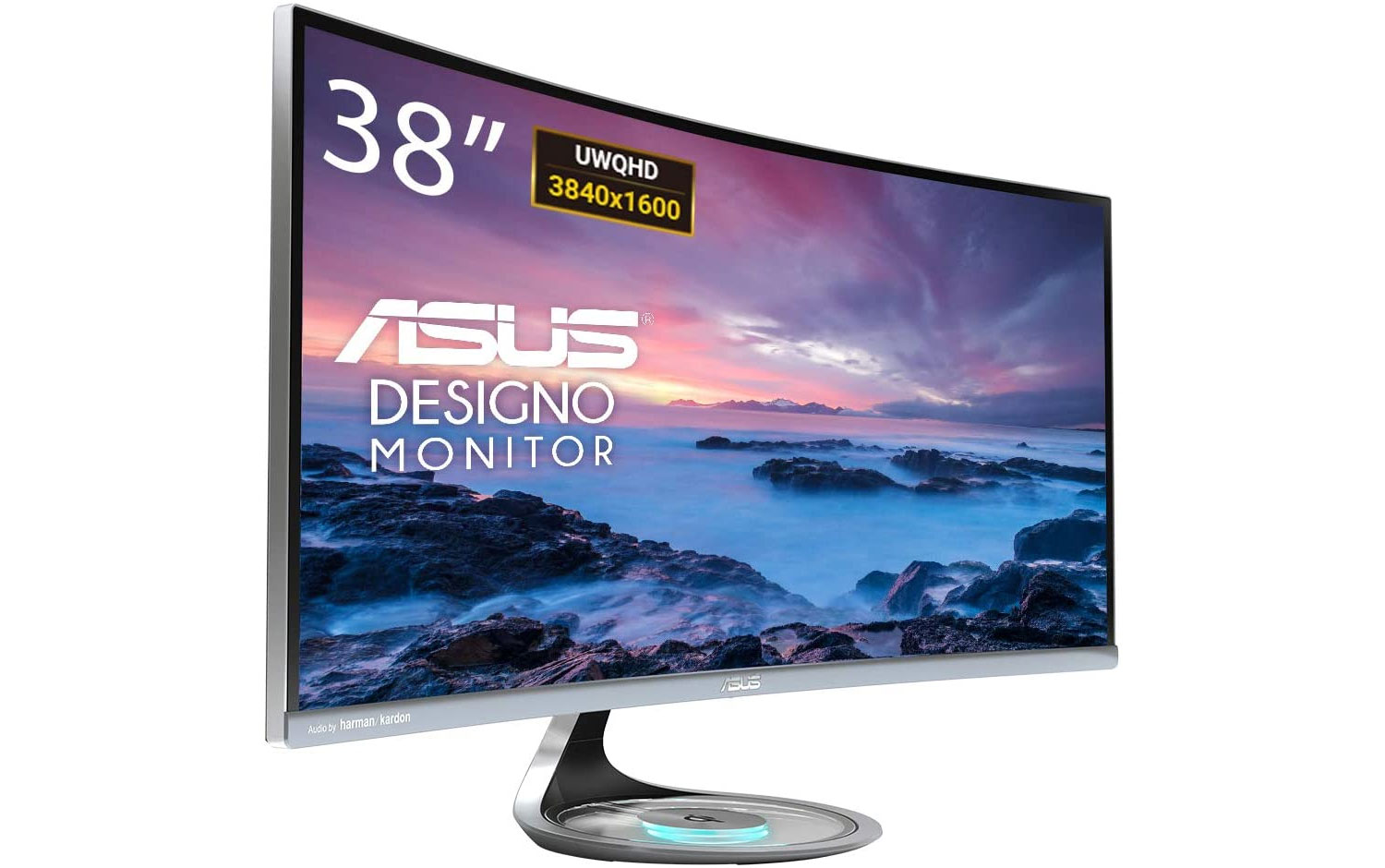Ultrawide vs dual monitors – which setup is right for you?
Need extra screen space? Ultrawide vs dual monitors is what you need to choose between.

Ultrawide vs dual monitors: it's the question you're going to have to ask yourself if you want to maximise your screen space. Having a pair of monitors (and sometimes more) on your desk has long been the sensible solution to running out of desktop space, a scenario that most designers will know only too well.
However a dual monitor setup isn't without its drawbacks, and the arrival of ultrawide monitors over the last few years means that it's now easy to give yourself plenty of space to work in with a single display. There are advantages and disadvantages to each arrangement, so if you're having trouble choosing between a pair of the best 4K monitors or keeping things simple with one of the best ultrawide monitors, here's what you need to know.
Ultrawide vs dual monitors: The basics

Ultrawide monitors are the new big thing in display technology. For years now 16:9 has been the default aspect ratio for monitors, and while this looked lovely and wide when we were transitioning from 4:3 displays, these days it doesn't feel like enough, with the result that lots of people end up opting for a dual monitor setup to give them more space. Ultrawides aim to do away with that need; they'll give you a 21:9 aspect ratio – the same as most modern feature films – and while that's not as wide as a pair of monitors, you can also get 32:9 monitors such as the Dell UltraSharp U4919DW, which will give you the same amount of screen space as a dual monitor setup in one neat display.
Ultrawide vs dual monitors: Pros and cons

If you like things neat and tidy, there's a lot to be said for an ultrawide monitor. It comes as a single unit, which means you won't have to deal with a load of cables getting in the way and collecting dust, and you get everything in one seamless display with no unsightly gap or bezels right in the middle of your field of view.
However ultrawides aren't without their drawbacks. As we've mentioned, unless you pay extra for a 32:9 model you're going to get less screen space than you would with a dual monitor setup, and setting your new monitor up may be challenging: these things are big and unwieldy and you might need a friend to help. An ultrawide is likely to cost you more than a pair of 4K monitors (and a lot more than two HD monitors) and give you a lower pixel density; the vertical resolution on most ultrawides is 1,440 pixels, while with a 4K you'll get 2,160 pixels. Also bear in mind that a big, flat ultrawide like the LG 34WN750 can be hard on your eyes and will need to sit right back on your desk; a curved model is a better option, but naturally you'll have to pay a premium.
The benefits of a dual monitor vs a ultrawide setup are clear: they'll cost you less and give you more screen space than a 21:9 ultrawide, and you'll have more versatility. You can set them up at an angle to each other for a more natural viewing experience, and if your work demands it you can even have one in landscape orientation and the other in portrait.
The big downside of a dual monitor setup, of course, is that even with a thin bezel you're going to be looking at a big gap down the middle of your display. You'll also have more cables to contend with, and even if you're using a pair of identical monitors you may have trouble getting an exact colour, brightness and contrast match between the two, which will be an issue if colour accuracy matters to you. Finally there's power efficiency to think about: a pair of monitors is going to guzzle more electricity than a single ultrawide.
Daily design news, reviews, how-tos and more, as picked by the editors.
Ultrawide vs dual monitors: For work

Assuming you need all this extra screen space for work purposes, the choice between ultrawide and dual monitors can come down to your specific needs. The big advantage of an ultrawide is the uninterrupted swathe of display, making them ideal for anyone working with video where it helps to be able to see your timelines as clearly as possible (of course, you may still need an additional monitor for showing previews). This also holds true for any work involving a timeline, such as audio editing or even animating in Photoshop (see these Adobe Creative Cloud discounts if you're not already signed up).
With an ultrawide you're also guaranteed a consistent colour profile across your entire workspace, something that's harder to get with a dual monitor setup. However there are advantages to taking the dual approach, too. You get more versatility in how you arrange them on your desk, and you can mix and match monitors to suit your needs; you may prefer to pair a high-quality 4K monitor such as the Asus ProArt PA32UC-K for detailed visual work, with a more basic model off to one side for the web, email and admin.
Ultrawide vs dual monitors: For pleasure

If you're planning on using your monitor setup to watch a lot of films and play the latest games then there's a lot to be said for a ultrawide, and there are some fantastic options aimed at gamers, such as the LG UltraGear 38GN950. A 21:9 aspect ratio means that most modern films will fit its display perfectly, while most of the latest AAA games will support ultrawide aspect ratios for a more immersive experience. Most, but not all; in some cases you'll end up with a stretched image or black bars down the side of the screen.
A dual monitor setup is hopeless for viewing anything full-screen unless you're happy with a big gap down the middle of your display. That said, if your attention tends to wander when you're watching a film, you can always have it showing on one screen with your social feed off to one side. And for gaming, you'll find that many older games max out at 16:9 anyway, so you're good with playing on a single screen, and if you're streaming you can use the second screen for keeping an eye on your feed. Also see our best gaming monitors for more info.
Ultrawide vs dual monitors: The verdict

So, which is best out of ultrawide or dual monitors? It may not surprise you in the least to learn that the decision's entirely subjective. If you value a big, wide, unbroken screen and the straightforward simplicity of a single display unit, then ultrawide's probably for you.
However if you value versatility in your display setup, want maximum screen space and don't object to extra cables and having to fiddle about to get everything to match, a dual monitor arrangement should do you well and will likely cost you less. Although, have you considered the possibility of stacking a pair of ultrawides on top of each other and getting the best of both worlds? Now we're talking...
Related articles:
- Find the best cheap 4k monitor deals right now
- We've found the best curved monitors top buy today
- The best monitors for PS5: Upgrade your display

Jim McCauley is a writer, performer and cat-wrangler who started writing professionally way back in 1995 on PC Format magazine, and has been covering technology-related subjects ever since, whether it's hardware, software or videogames. A chance call in 2005 led to Jim taking charge of Computer Arts' website and developing an interest in the world of graphic design, and eventually led to a move over to the freshly-launched Creative Bloq in 2012. Jim now works as a freelance writer for sites including Creative Bloq, T3 and PetsRadar, specialising in design, technology, wellness and cats, while doing the occasional pantomime and street performance in Bath and designing posters for a local drama group on the side.
